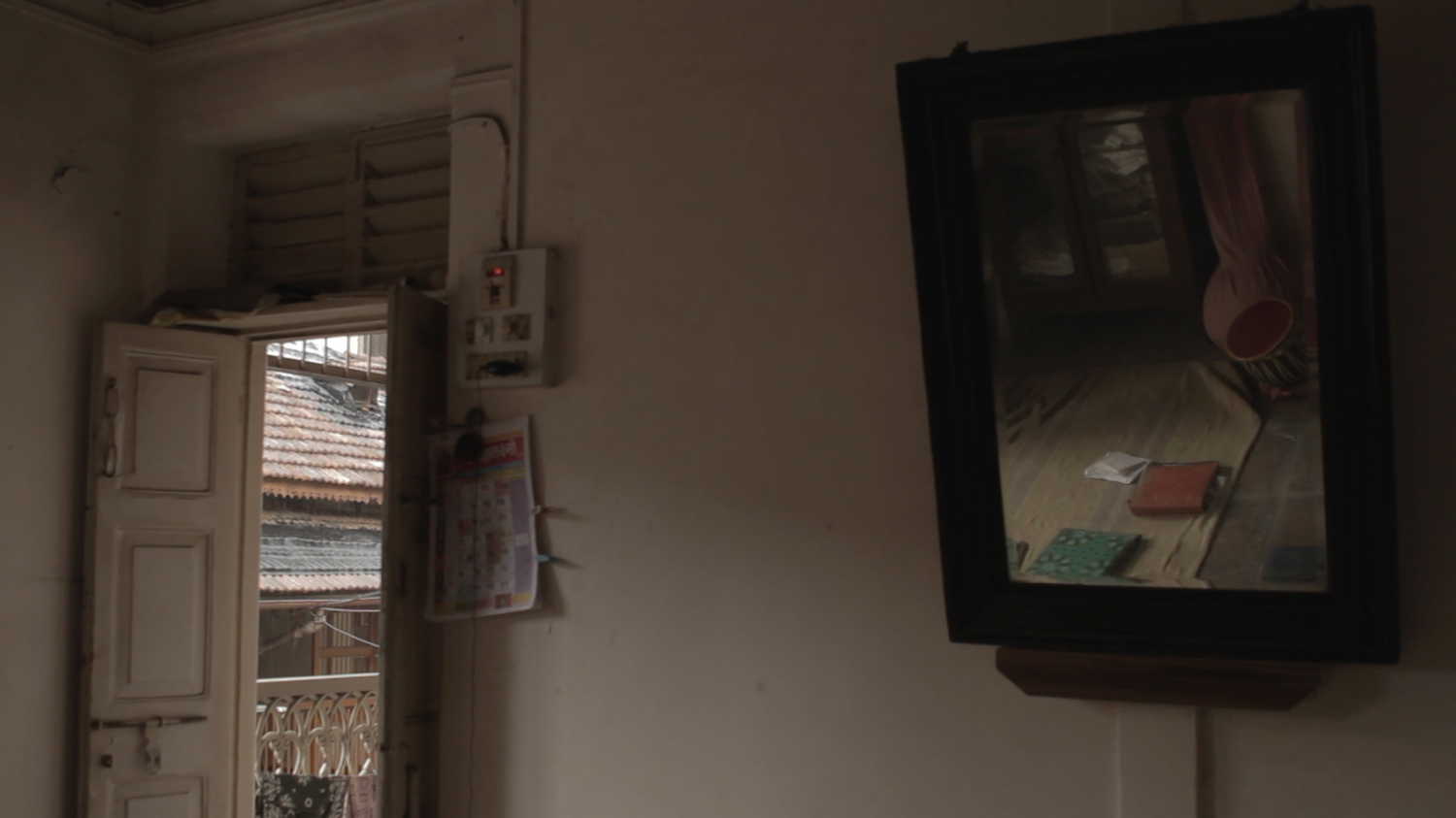Phir Se Samm Pe Aana discovers Girgaum as a neighbourhood where music was taught and performed and seeks to understand its legacy.
Finding her samm: Filmmaker Surabhi Sharma on her documentary
New Delhi - 06 Mar 2018 23:17 IST
Updated : 07 Mar 2018 16:10 IST


Sukhpreet Kahlon
Filmmaker Surabhi Sharma’s Phir Se Samm Pe Aana was screened on day 2 of the IAWRT Asian Women’s Film Festival. The film, conceptualized through a research project in collaboration with Dr Tejaswini Niranjana, centres on the heritage of 19th and 20th century Hindustani classical music in Mumbai. This was a period when several top musicians were coming into the city.
The intensive research that went into the project has been put up in the public domain through the digital media archive https://pad.ma and constitutes a wealth of information on the musicians of this era.
The film revisits sites clustered in and around Girgaum, which was an economic hub in colonial Bombay and also a locality layered with a rich musical and cultural history.
The film discovers Girgaum as a neighbourhood where music was taught and performed and seeks to understand its legacy.
At an interactive session after the screening, Sharma shared her experience of making the film. She said she was amazed to find that many of the sites where this music was performed remain and it drew her to contemplate on what it really means to listen.

In foregrounding the aural over the visual, her film moved away from trying to represent the stories and metamorphosed into a meditation on sound. “I started questioning my own practice through this film,” she said.
On the use of silences in the film, she said the sound design became about “how much silence we could take”. It led her to examine film time and she described the process of creating silence through sound design saying, “We removed all ambient sounds and worked with complete silence for one year. I told the sound designer that the only thing I want to hear is the sound of the structures.”
In talking about her film, Sharma described her intimate relationship with Mumbai and its lost histories. “Nobody remembers music being performed in those structures," she said. "In fact, the people at Brahmin Sabha told us we had our facts wrong as these performances could not have taken place there. The fact that these places still exist in the heart of Bombay was a shock to me and I tried to capture that idea of absence without nostalgia or a sense of loss.”
The film evokes a certain era, but the filmmaker has deliberately shied away from offering complete narratives, choosing instead to gesture at moments allowing for personal, individual reconstructions.
Speaking about the unusual choice, Sharma said, “In the film we were thinking how to evoke a time without hankering for it. We brutally broke up the stories we had and didn’t feel like rounding them off.”
An audience member summed up succinctly the experience of watching the film, saying, “I think in this film you have found your samm.”
Related topics
IAWRT Asian Women's Film Festival

